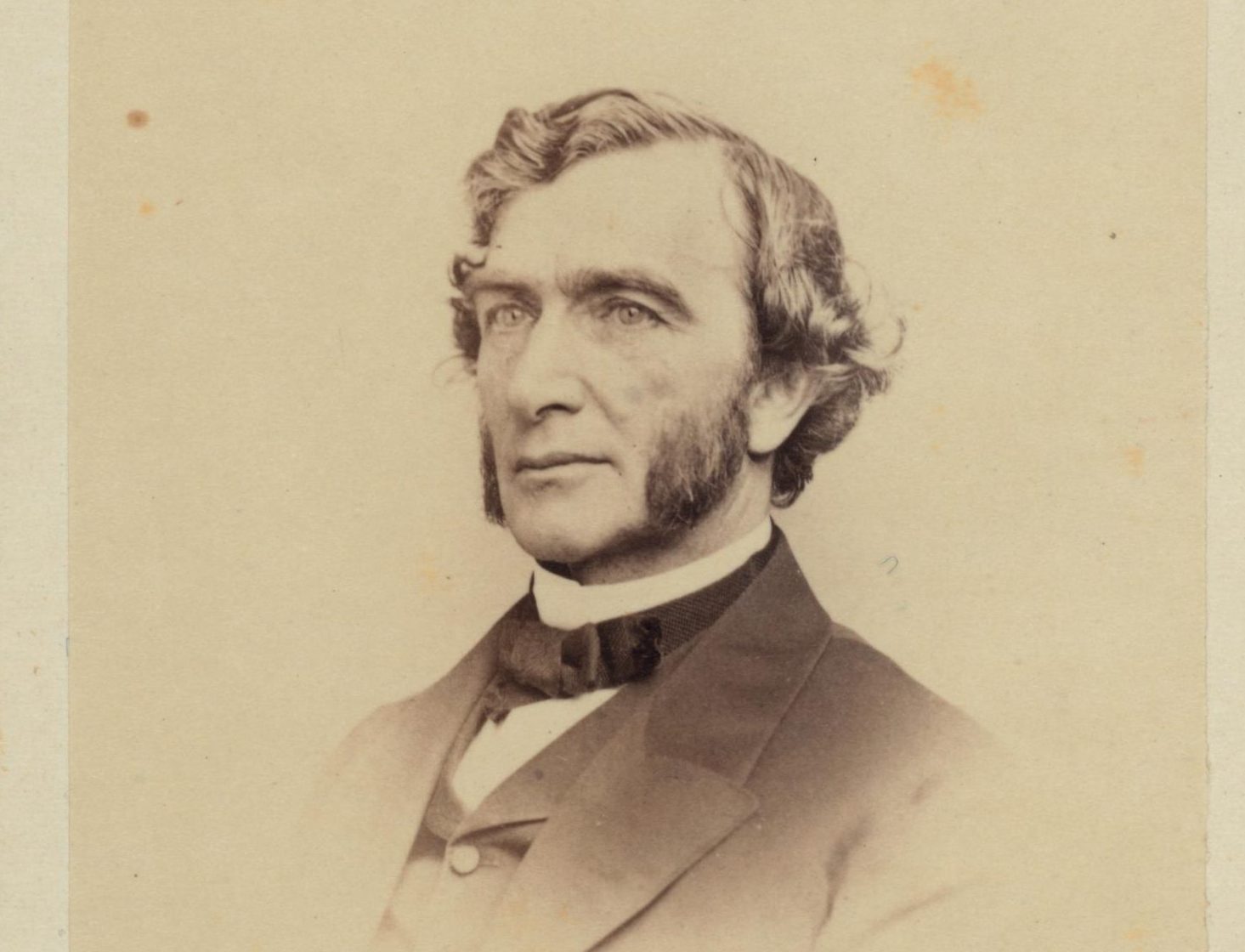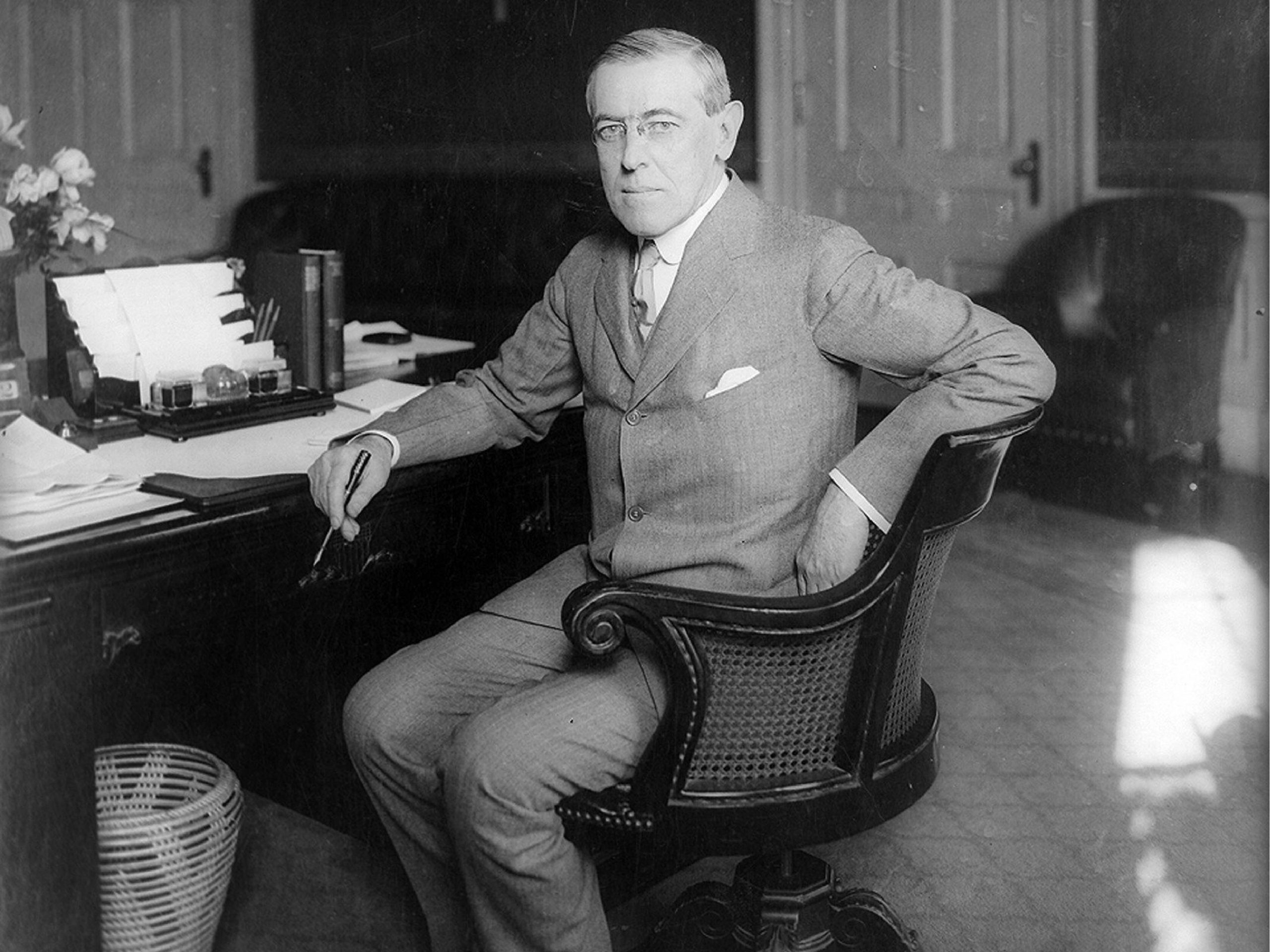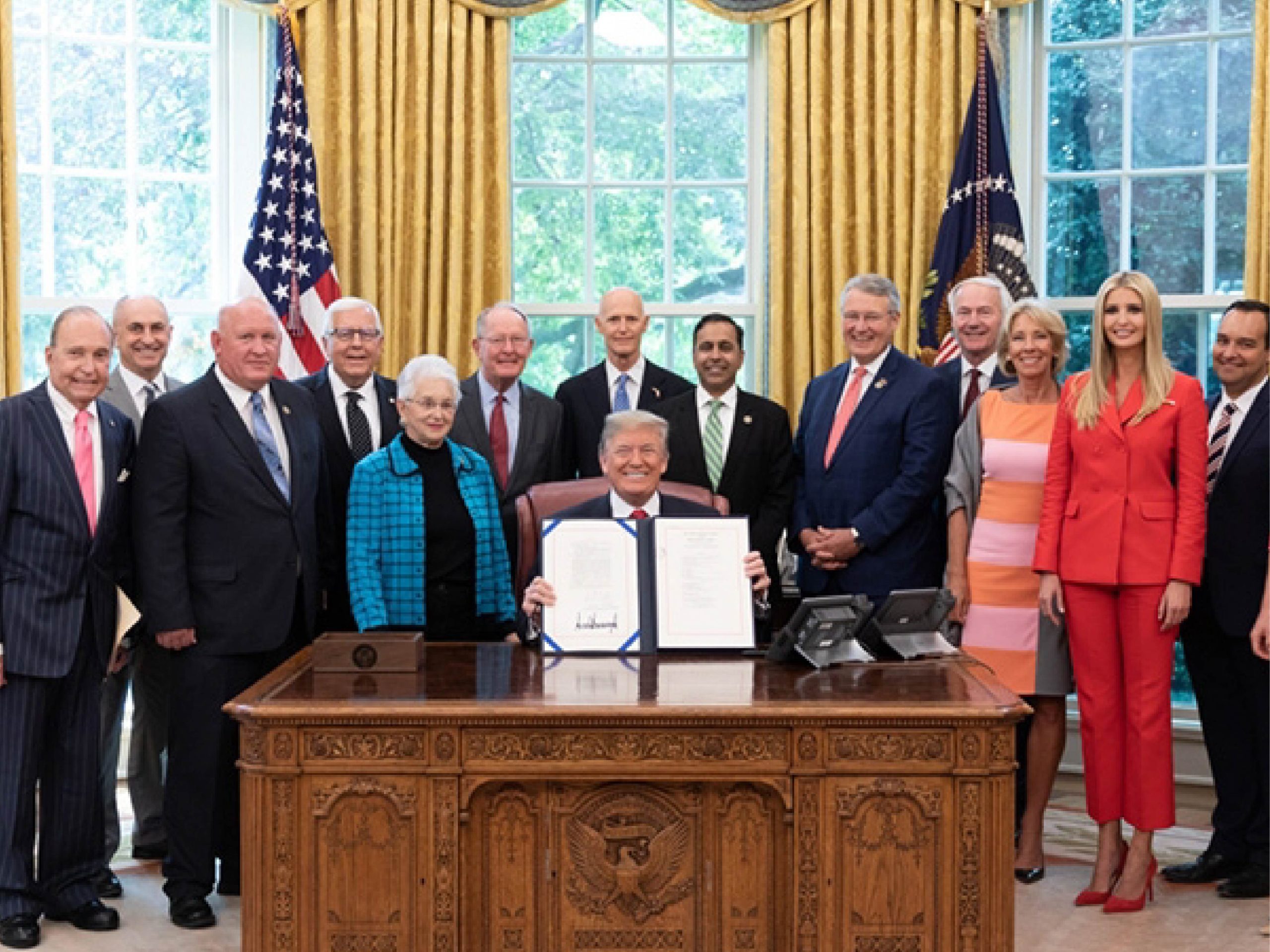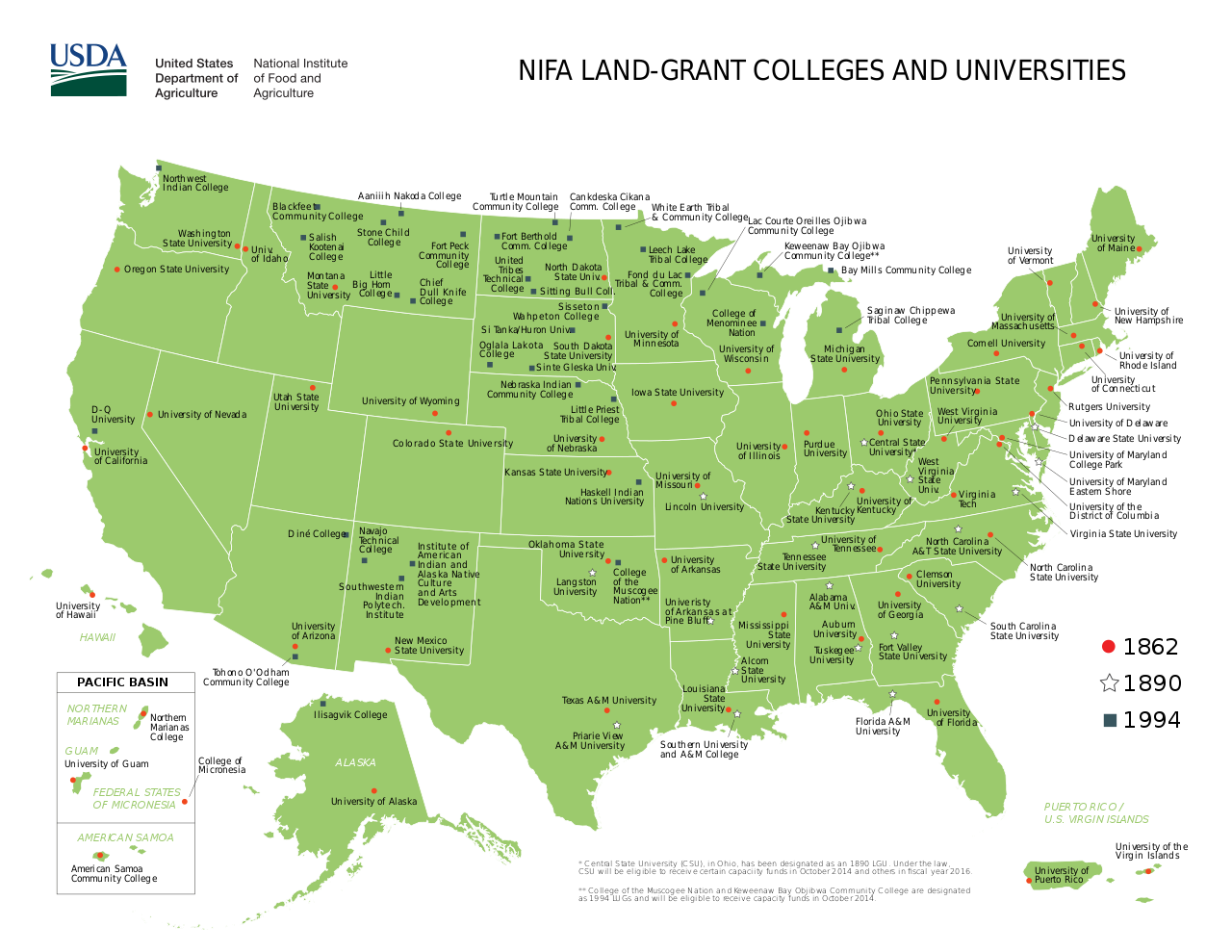February is a special time for the construction industry and other skilled trades. Along with other meaningful purposes, this month stands for Career and Technical Education Month, or CTE Month. Across the country, states provide access to finding CTE programs for high school students through early college. Opportunities like these haven’t always been around, nor have they been fair. CTE programs have come a long way since their beginning, and they continue to grow in admissions, available programs, and support by the year from both federal and local governments.
In the 1860’s, our country was at war with each other for four years. The Civil War is America’s deadliest war having killed over 620,000 people. While the war continued, the Morrill Act was passed in 1862 by President Abraham Lincoln. This act committed the federal government to grant each state 30,000 acres of public land to provide colleges the ability to explore education for agriculture and mechanic arts. Unfortunately, this land was often taken from Native American tribes through treaties, agreements, and seizures which just added to the fire blazing across America during this century. However, it was this first act that began the biggest factor in bringing hope to children who would never be able to receive this type of education. However racial differences still played a part in who attended school and received what level of education. Upon the release of over 4-million slaves to freedom in 1865, the country was still determined to segregate them from communities and employment. After years of unfair treatment due to uncontrollable characteristics, the Second Morrill Act was passed in 1890. This Act stated that ‘African Americans were to be included in the United States Land-Grant University Higher Education System without discrimination’. It also went as far as to demand that states who had created separate colleges for black and white students were to create a new college that trained black students in agriculture, mechanical arts, and architecture as that is what was available to white students. From here on, the development of CTE would begin and grow in every direction.
In 1917, President Woodrow Wilson signed the Smith-Hughes Vocational Education Act which started the governmental funding for vocational programs in the United States. Shortly after, in 1929, the George-Reed Act expanded the support for vocational programs, especially for agriculture and home economics. Five years later, The George-Ellzey Act began the authorization of $3 million a year for three years to be apportioned equally amongst agriculture, home economics, and the trades industry programs. From this point, the allowable funding increased exponentially. In 1946, the amount was raised to $14 million a year, as well as the first time that marketing was officially being recognized as a skilled trade. Ten years later, the funding increased again to $29 million! Although the CTE programs were being improved, so were America’s war efforts. During the Vietnam War, The National Defense Education Act was passed in 1958, which supported the training of highly skilled technicians in CTE programs that were useful occupations supporting the national defense.
The war changed everything it touched, and it touched everything there was.Learning to Earn: A History of Career and Technical Education in Oklahoma
Impressively, the federal support of inclusivity in CTE programs also were quickly improved once the situation was recognized, and those coming home from war were in need of jobs. In 1963, President Lyndon B. Johnson signed the Vocational Act which expanded the availability of these programs to now include improvements and services for disadvantaged students and those with disabilities. Five years later, he also signed the Vocational Act Amendments to further fund the opportunities for research, residential vocational education, and cooperative education. As the years continued, more acts were established such as the Educational Amendments of 1976 that improved and maintained the current programs while creating new ones, as well as working to end gender discrimination within programs and other issues impacting special populations in CTE. In 1990, the Carl D. Perkins Vocational and Applied Technology Act was passed, which ultimately expanded the federal impact on CTE programs by combining academic and vocational education and linking secondary education to post-secondary institutions. Since then, this Act has received multiple amendments, the most recent being by President Donald Trump in 2018 when the Strengthening Career and Technical Education for the 21st Century Act (Perkins V) was signed. This reauthorized the Perkins Act and assured Congress’ commitment to what is now almost $1.3 billion funding a year for CTE programs in the United States.



There are many directions students can choose from in CTE, as well as the level of education they are seeking. These programs also can be highly beneficial in kickstarting ones life after school, with many CTE associate degrees paying $10,000 more a year than regular associate degrees. Enrolling in these programs show prospective employers that the student is truly eager to learn about the field and jump right in! Michigan alone has seen incredibly positive feedback from students enrolled in CTE programs compared to those who weren’t. 94.9% of the students enrolled in a CTE program graduated high school compared to the state’s graduation rate of 80.5%. As of 2021, 75% of high school students in CTE programs received Post-Program placement in their field, and 33% of postsecondary CTE students earned a credential, certificate, or diploma. Students in these programs can not only change the way our students are being taught on a regular basis, but also the workforce upon graduation. Over half of the available jobs in Michigan require skills training that is offered through CTE. In 2021, a total of 97,176 high school students were participating in CTE programs, meaning over 90,000 students graduated! Depending on the field they studied, this could bring back some industries from their current employees aging out, such as construction.
Michigan currently has over 50 programs available throughout the state, many of which can lead to extremely promising futures financially. These same opportunities are available throughout the country and fall into the sectors below.
Agriculture, Food, & Natural Resources
Architecture & Construction
Arts, A/V Technology, & Communications
Business Management & Administration
Education & Training
Finance
Government & Public Administration
Health Science
Hospitality & Tourism
Human Services
Information Technology
Law, Public Safety, Corrections, & Security
Manufacturing
Marketing
STEM
Transportation, Distribution, & Logistics
Here at Laux Construction, we’ve had experience with CTE programs in both participating in classes and projects! Chris Martin, Director of Project Management and Estimating, attended the William D. Ford Career-Technical Center for Building Trades before he began his journey in construction. Now, he is a Director for one of Mid-Michigan’s leading General Contractors, and a member of multiple advisory boards for schools that teach students alike. We have also been the leader in multiple projects for schools that offer CTE programs, such as the Wilson Talent Center and Eaton County’s RESA building technology program! Not only do we understand the commitment to CTE programs through personal experience, but we also understand the needs of these programs through completing renovation projects that will help classes run more efficiently and help more students. If you’ve enjoyed the blog, or know someone who may be interested in enrolling in a CTE program, share this article with them via the icons below; or check out the studies below that discuss the benefits of CTE programs in some of the biggest cities in the United States!
Share this Post


